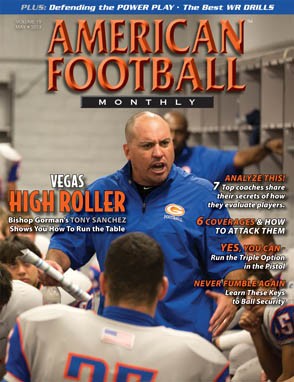Article CategoriesAFM Magazine
|
Safety First – Getting On The Same Pageby: Adam Griggs© More from this issue If you’ve spent time this off-season reviewing the latest safety rules and guidelines, working with medical professionals and athletic trainers to institute procedures for dealing with injuries, checking out the latest in innovative safety equipment and making plans to ensure proper hydration and heat stroke prevention in early season practices, then congratulations! You’ve taken the first steps to make player safety a priority for your program. Now, looking ahead to next season, it’s imperative that you have a plan to inform all your key constituencies – players, parents and administrators – what you and your staff have done and will continue to do to make your team’s football experience as safe as possible. Having safety procedures in place is critical, but sharing your plans for safer football with the ones the....The full article can only be seen by subscribers.
|
|
|||||||
| HOME |
MAGAZINE |
SUBSCRIBE | ONLINE COLUMNISTS | COACHING VIDEOS |
Copyright 2025, AmericanFootballMonthly.com
All Rights Reserved





